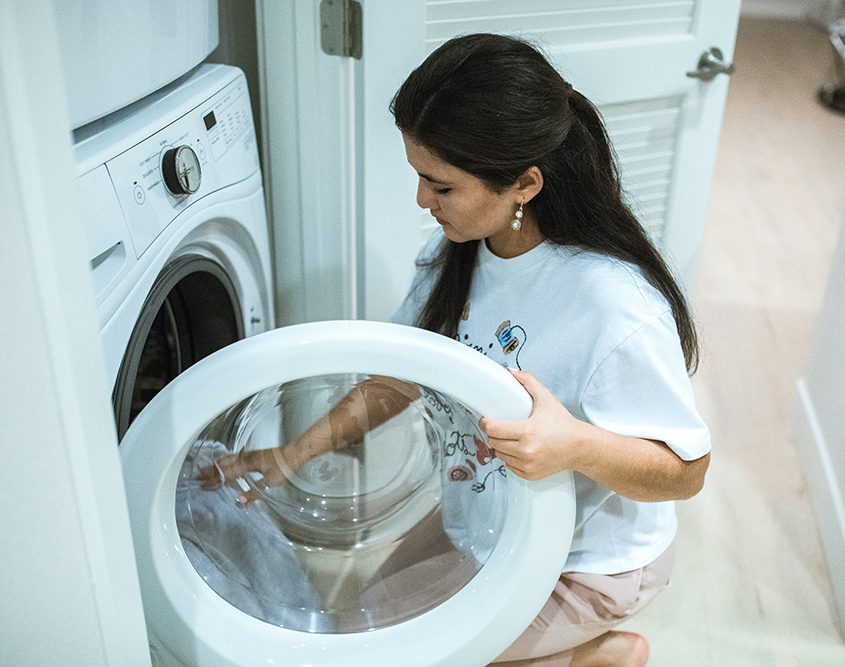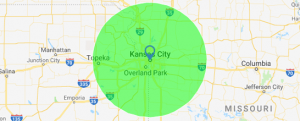4 tips for cleaning a dryer vent
 Putting on a warm pair of socks fresh from the dryer is one of life’s simple pleasures. Most homeowners, however, are not aware of just how hot their clothes dryer actually gets during a routine drying cycle. This intense heat, coupled with a buildup of lint in the lint trap, is one of the leading causes of dryer fires in the United States.
Putting on a warm pair of socks fresh from the dryer is one of life’s simple pleasures. Most homeowners, however, are not aware of just how hot their clothes dryer actually gets during a routine drying cycle. This intense heat, coupled with a buildup of lint in the lint trap, is one of the leading causes of dryer fires in the United States.
Making a habit of cleaning a dryer’s lint trap is a no-brainer that many homeowners are aware of. What they may not realize is that a substantial amount of lint actually continues on through the dryer’s vent system, on its way to the outside of the home. Over time, lint can build up in multiple locations throughout this ductwork, increasing the risk of fire. If you are unsure about how to address this issue, read on to learn how to properly clean a clothes dryer vent.
- Detach the duct from the dryerUpon inspecting the back of your clothes dryer, you will be able to easily see where the vent duct connects to the appliance. While you may need a screwdriver to remove the duct from the dryer, many models simply clamp the ductwork to the dryer. At this point, inspect the ductwork for signs of cracking or other damage, and patch with duct tape as needed.
- Use a vacuum to remove lint from duct, vent, and trap
Use a vacuum to remove lint from both the common lint trap and the vent at the rear of the unit. The greater the selection of vacuum attachments, the greater access you’ll likely have to the deepest crevices of the ventilation system of the appliance. Consider picking up a brush-tipped hose attachment from your local home store for this job if you don’t have one on hand. - Vacuum the exterior vent
After ensuring the appliance itself has been sufficiently cleared of lint buildup, head outside and find where your dryer vents to the exterior of your home. Use the vacuum (you may need an extension cord) and clear any lint you can from the outside. You may need a screwdriver to remove the protective covering on the exterior vent cover, designed to keep pests and outside debris from entering into the ductwork. - Reconnect and test
It is now time to head back inside and reconnect the ductwork to your dryer. Replace the lint trap and prepare to test the vent system. If you happen to have a load of dirty clothes, this is the perfect time to do a load. When it is time to dry the clothes, load them like normal, choose your settings, and start the drying process. Then, head outside and inspect the outside vent cover. If there are flaps on the cover, you should see them moving freely. If your cover is a screened model, simply hold your hand close to the cover and you should feel a steady stream of exhaust air coming through the ventilation.
Final considerations
When it comes to clothes dryer ventilation, best practice is to use semi-rigid metal ducts as opposed to the flexible plastic models. The plastic ductwork is the most prone to fires and should be replaced with metal ducts as soon as possible if that’s what you have in your home. In addition, curves and elbows should be minimized, as lint can build up in these areas. Generally speaking, the closest you can position your dryer to the exterior vent hole, the better.
Finally, it is always a good idea to completely remove your dryer from the power source before working. If your appliance is gas-powered, you can simply turn the shutoff valve on the unit’s pipeline. If you feel uncomfortable initiating any of the above steps, don’t hesitate to contact a licensed professional like the team at Diamond Appliance!
At Diamond Appliance, we proudly provide expert dryer repair and repairs for all other major household appliances in St. Louis, Kansas City, St. Charles, and surrounding communities. Providing expert Amana dryer repair, Frigidaire dryer repair, Roper dryer repair, GE dryer repair, and more.




